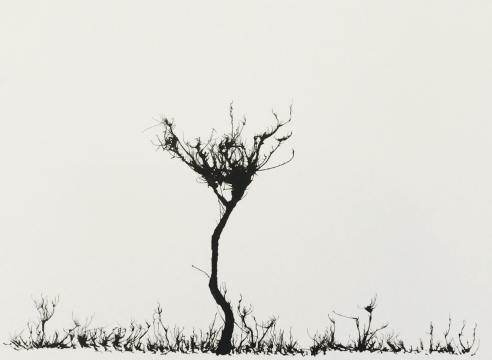
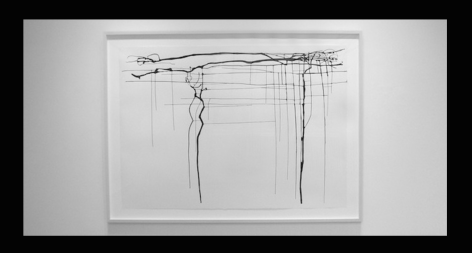
Mahmoud Hamadani
Untitled (Endless Roads) II, 2008
Ink on paper
51 x 70 in
129 x 178 cm
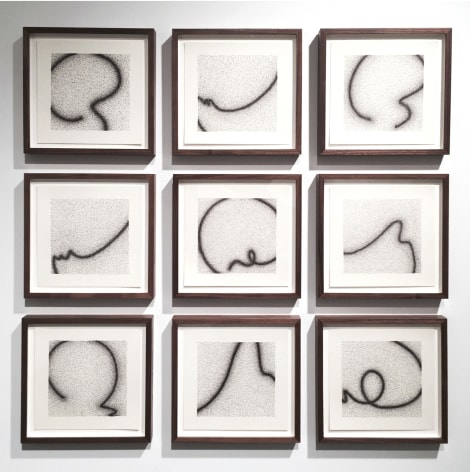
Untitled (Requiem) III, 2014
Ink on Paper
8 x 8 in (each)
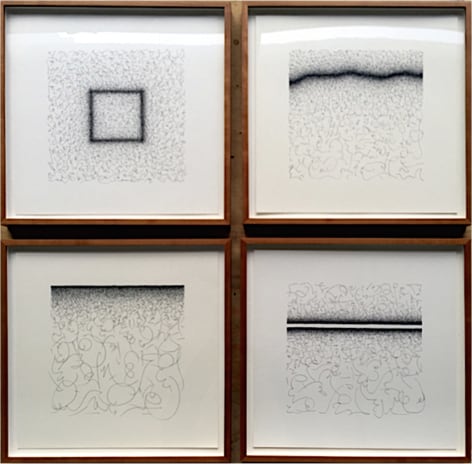
Untitled (Requiem), 2014
Ink on Paper
12 x 12 in

Untitled (Requiem), 2011
Ink on Paper
22 x 30 in
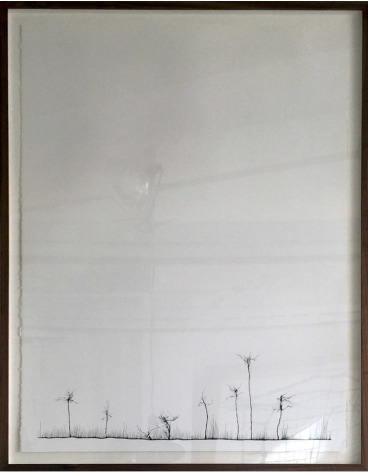
Untitled (Traces), 2011
Ink on Paper
30 x 22 in
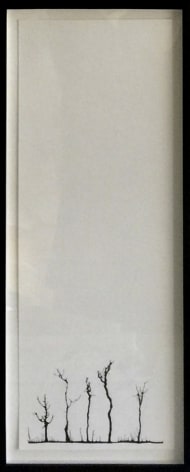
Untitled (Traces), 2014
Ink on Paper
16 x 6 in
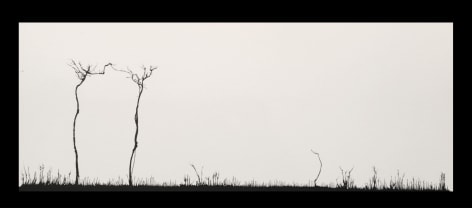
Untitled (Traces), 2014
Ink on Paper
8 x 20 in
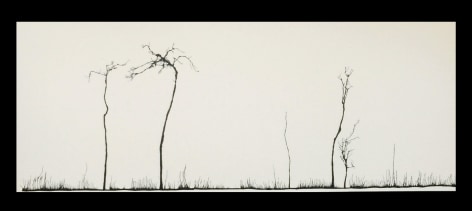
Untitled (Traces), 2014
Ink on Paper
8 x 20 in
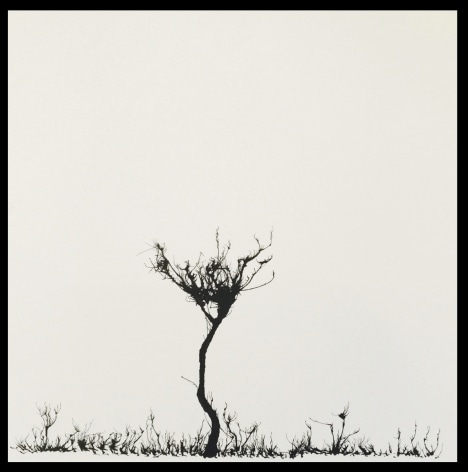
Untitled (Traces), 2014
Ink on Paper
10 x 10 in
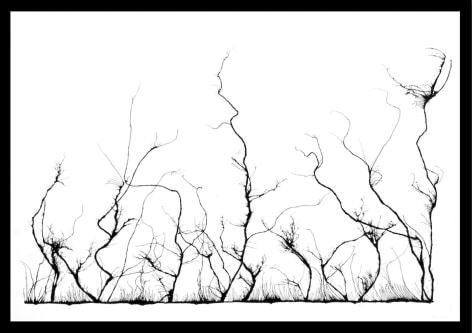
Untitled, 2000
Ink on Paper
22 x 30 in
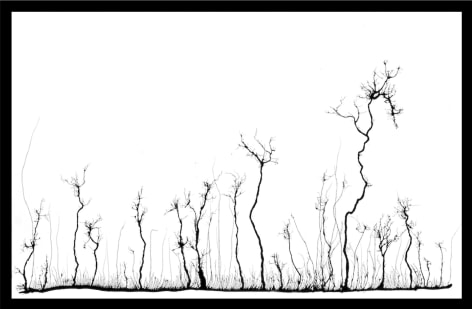
Untitled, 2005
Ink on Paper
25 x 41 in
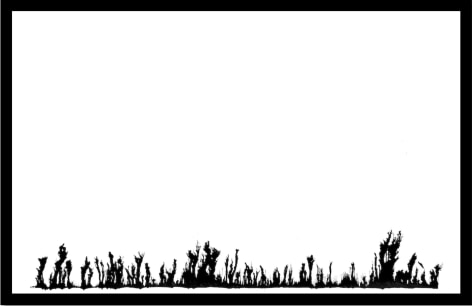
Untitled, 2007
Ink on Paper
25 x 41 in

Untitled (Requiem), 2007
Ink on Paper
25 x 41 in
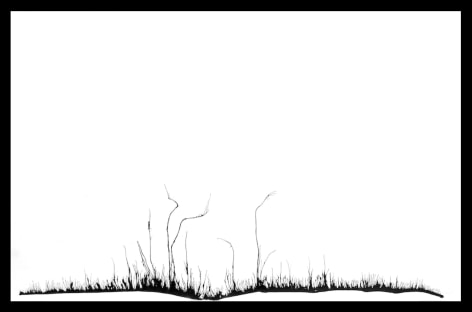
Untitled (Requiem), 2007
Ink on Paper
25 x 41 in
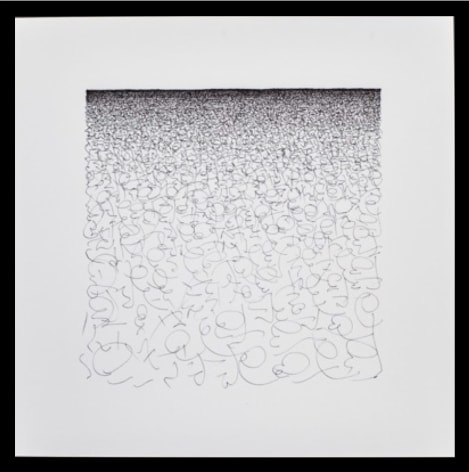
Untitled (Requiem), 2014
Ink on Paper
12 x 12 in
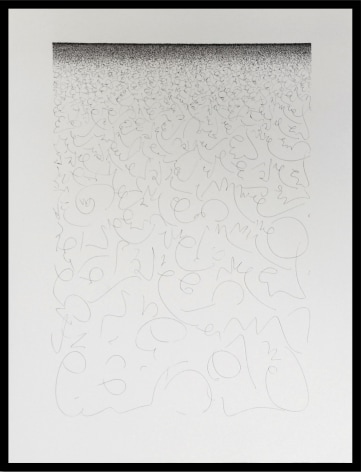
Untitled (Requiem), 2014
Ink on Paper
30 x 22 in
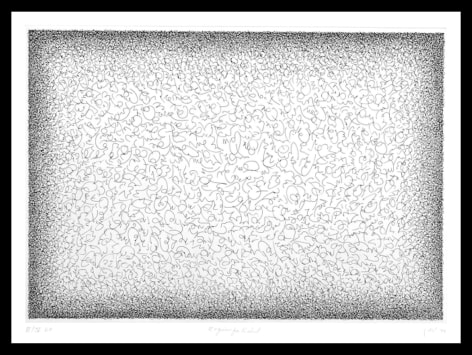
Untitled for Kabul, 2000
Print, Edition of 20
22 x 30 in
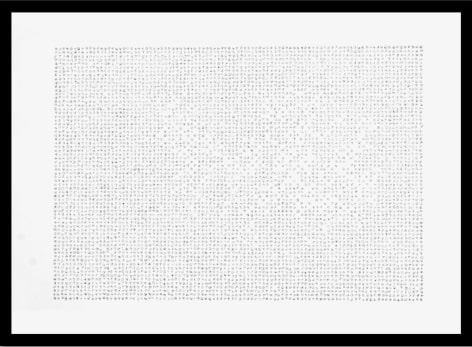
Untitled (Requiem), 2007
Ink on Paper
22 x 30 in
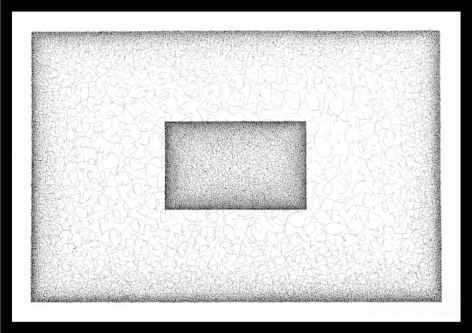
Untitled (Requiem), 2000
Ink on Paper
22 x 30 in
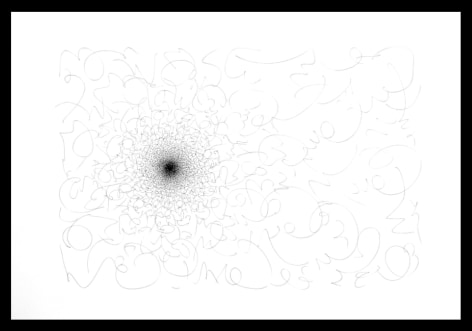
Untitled (Requiem), 2003
Ink on Paper
22 x 30 in
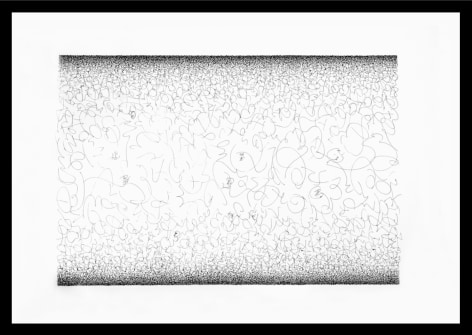
Untitled (Requiem), 2002
Ink on Paper
22 x 30 in

Untitled (Requiem), 2015
Ink on Paper
22 x 30 in
Shirin Gallery NY is pleased to present Sonatas and Partitas, a solo exhibition featuring the work of Mahmoud Hamadani, opening next Thursday, February 26. For the first time in New York, Hamadani will present works from all four series of drawings: Requiem, Traces, Endless Roads, and Odes. In his work, Hamadani contemplates basic dualities, such as light and shadow, order and chaos. The drawings also explore ideas of chance, accident, and repetition, through complex patterns and structures.
In Requiem, Hamadani draws rhythmic patterns – of grids, lines, or dots – each restrained by a simple structure. The drawings evoke the dynamics of complex systems, such as a city, or a beehive. Without a structure, a system is not sustainable, and without the freedom held within the structure, the system would not thrive. In this way, the work is a study of the relationship between order and chaos. “Look closely at each drawing and you will see a myriad of haphazard elements,” Hamadani explains. “Step back and a resolved serenity appears.”
The series of drawings entitled Endless Roads, is inspired by the poem, “The Untimely Traveler,” by Azadeh Farahmand:
I am the last child;
in search of the origins of my belatedness
forever searching
all corners of desire
and the endless roads
of wonder…
The process of making the drawings in Endless Roads is akin to a “search for that which cannot be found” (Rumi). The image that appears comes from that process, the merging of decisions and accidents. Hamadani describes the work as “beautiful accidents.”
Traces, another series of Hamadani’s recent work, is made through a process by which Hamadani blows ink in various directions across paper. The process itself is an investigation of chance and will. Hamadani explains that this body of work is inspired by Gu Cheng, a late Chinese modernist poet, and his poem “Forever Parted: Graveyard,” which goes as follows: